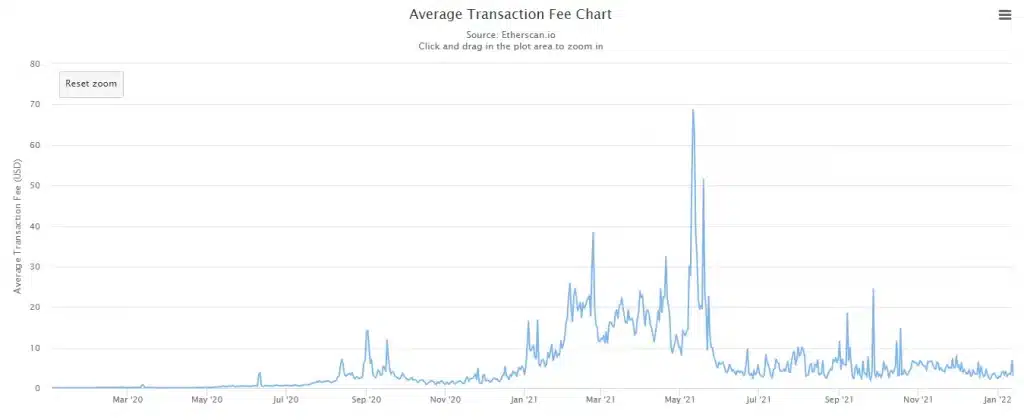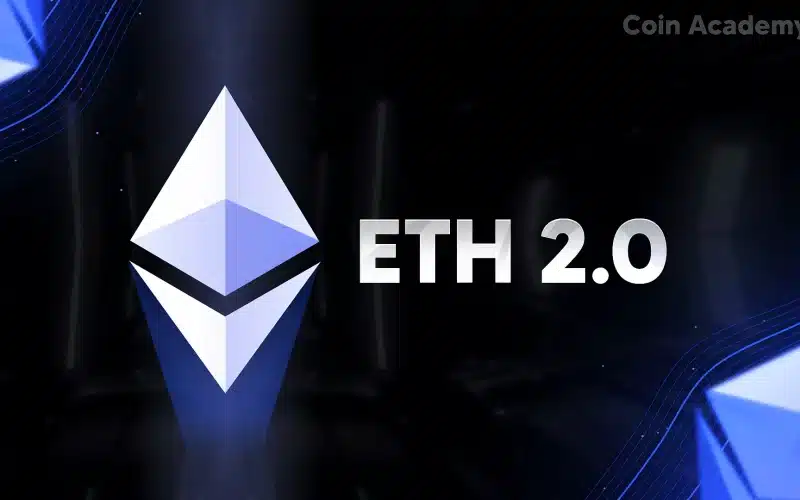What is Ethereum 2.0 – the scalability challenge
Since its launch in 2015, many innovative ecosystems have emerged on the Ethereum network (ETH). Thus, we have in turn seen the ICO, DeFi and NFT phenomena set the crypto ecosystem on fire.
Unfortunately, it faces a major problem: transaction costs. Indeed, the current performance of Ethereum is about 20 transactions per second. This performance, coupled with the high congestion of the network, has led to an increase in transaction fees.

Many solutions are trying to solve the scalability problem encountered by Ethereum. The most ambitious and promising one is the Ethereum 2.0 update, thought up by Vitalik Buterin, the co-founder of Ethereum, among others.
Ethereum 2.0: the transition to Proof of Stake
One of the cornerstones of this update is the change in the way blocks are produced. Thus, Ethereum will move from a Proof of Work (POW) consensus mode, based on miners, to a Proof of Stake (POS) consensus mode, based on validator nodes.
This transition, scheduled for June 2022, is called The Merge. It aims to interconnect the application layer of Ethereum 1.0 to the consensus layer of Ethereum 2.0. This consensus layer in Proof of Stake, known as the Beacon Chain was launched in December 2020.
The Merge is currently being tested on the Kintsugi testnet. Unlike previous devnets, Kintsugi is open to the entire community.
Once deployed, transactions taking place on Ethereum as we know it will be sent and validated by the staking validators operating on the Beacon Chain. Therefore, this will mark the end of ETH mining.
Unfortunately, this transition will not bring any great improvements to the performance of Ethereum. As a result, it will have little impact on the transaction fees encountered on Ethereum.
It remains essential because it allows several things :
- Improve the performance of layer 2 solutions, real solutions to current fee problems.
- Prepare for the arrival of the real solution to transaction costs: Sharding.
Sharding is the second big piece of the Ethereum 2.0 update. This upgrade will separate the network into 64 sub-chains, called shards. Each of these shards will be in charge of 1/64th of the network load.
The beacon chain, the backbone of Ethereum 2.0, will act as a synchronization body for all these shards. This will ensure that the data and states of the chain are up-to-date between shards.
In theory, this update should increase the number of transactions per second of layer 2 solutions to tens of thousands.
This is however not expected before the year 2023, if the previous developments are not delayed further.
As we have just seen, the Ethereum 2.0 update promises a bright future for the smart contract network. However, repeated delays could allow competing networks such as Solana to get a head start on Ethereum.
